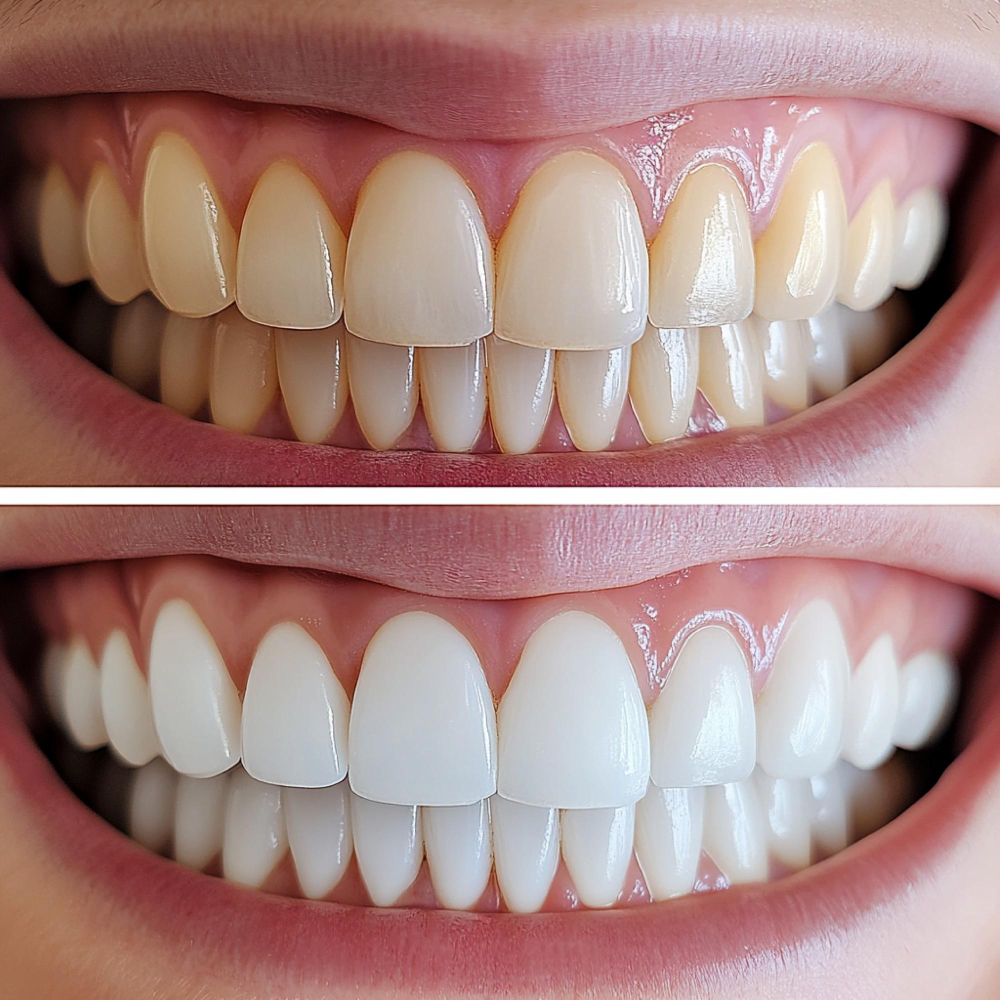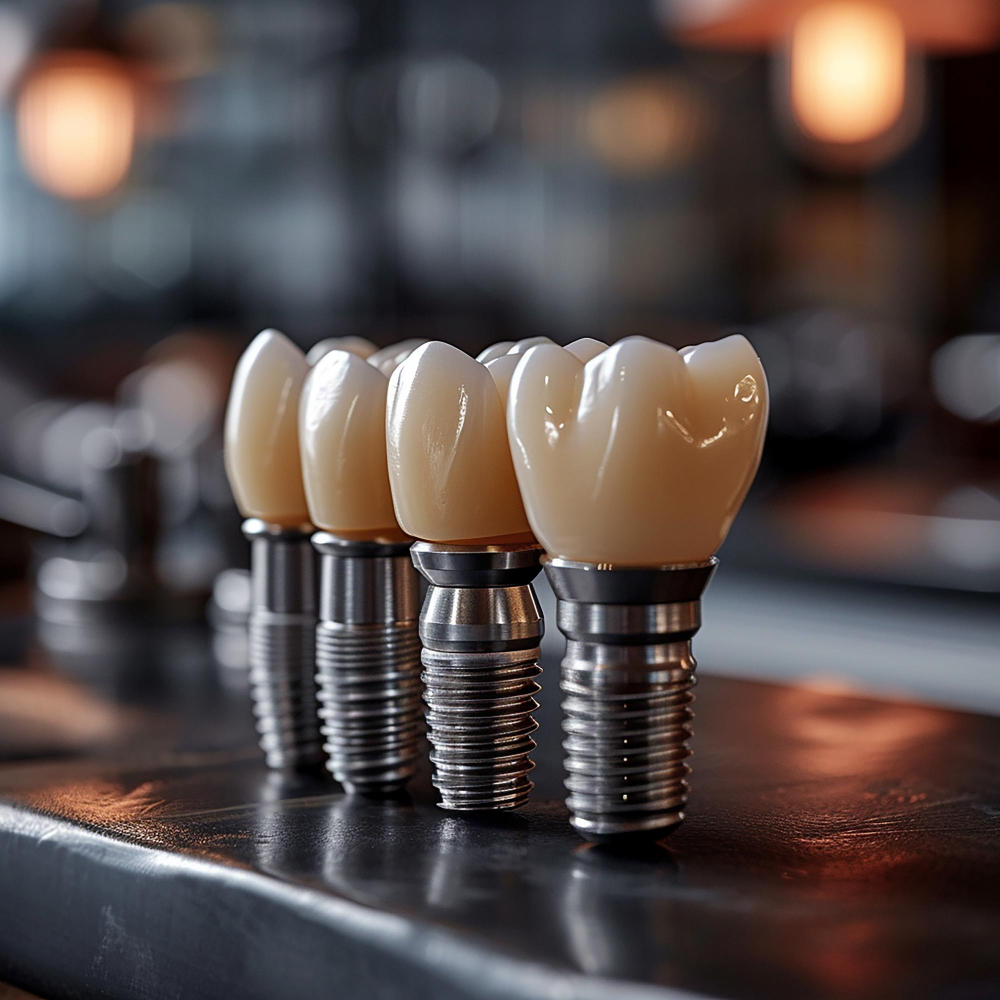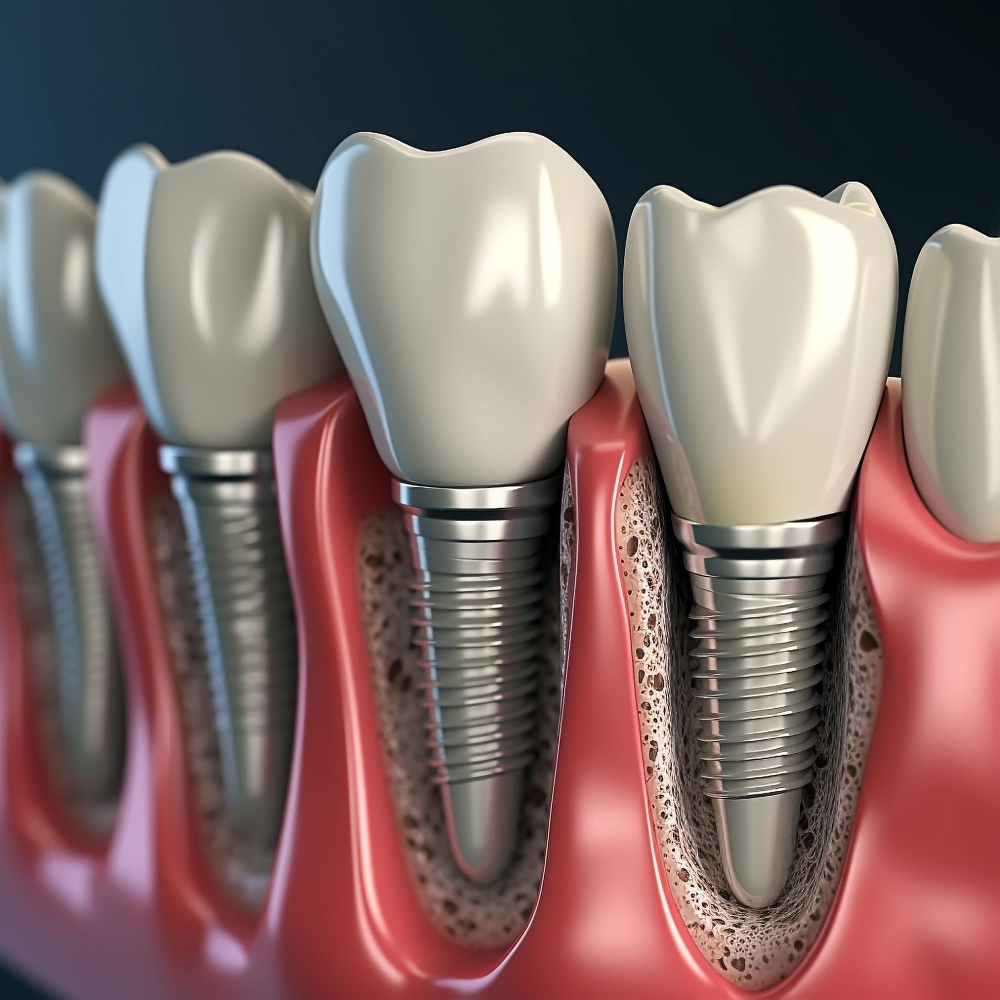Introduction
A beautiful smile is more than just white teeth. It’s a harmonious combination of tooth shape, gum contour, lip line, and facial symmetry. Modern smile design is a customized process that combines art and science to enhance both dental function and aesthetics.
Whether you’re considering a Hollywood Smile or just want to correct minor imperfections, understanding how a dentist evaluates your smile is the first step toward achieving a naturally beautiful result.
What Is Smile Design?
Smile design is a cosmetic dentistry approach that carefully assesses and plans the aesthetic elements of a person’s smile. It’s not a one-size-fits-all solution. Instead, it’s tailored to fit each individual’s facial features, personality, and dental health.
A complete smile design usually involves evaluating:
- Teeth (size, shape, color, alignment)
- Gums (health, symmetry, and visibility)
- Lips (position, movement, and proportion)
- Facial structure (jawline, chin, smile arc)
The Smile Evaluation Process: Step by Step
1. Facial Analysis
The dentist begins by evaluating the overall facial proportions. Key considerations include:
- Symmetry: Is the face balanced on both sides?
- Midline: Does the dental midline align with the facial midline?
- Smile arc: Is the curvature of the teeth harmonious with the lower lip?
2. Tooth Analysis
The teeth are the central feature of any smile. The dentist checks for:
- Tooth shape and size: Ideally, front teeth should be slightly longer than the lateral teeth for a natural look.
- Tooth color: Whitening or veneers may be recommended for discolored teeth.
- Tooth alignment: Crowding or spacing issues can be corrected with orthodontics or clear aligners.
- Proportions: Ideal tooth proportions follow the “golden ratio” to maintain harmony.
3. Gum Evaluation
Healthy gums are essential for a beautiful smile. Evaluation includes:
- Gum health: Presence of inflammation or disease
- Gum line symmetry: Uneven gum lines can distort a smile
- Gummy smile: If too much gum shows, laser gum contouring may be used
4. Lip Position and Smile Line
Lips frame the teeth. Dentists assess:
- Smile height: How much tooth and gum show when smiling
- Lip mobility: Overactive upper lip can create a gummy smile
- Proportions: Ideal balance between upper and lower lips
5. Digital Smile Design (DSD)
In advanced clinics, Digital Smile Design is used to visualize results before treatment begins. Using 3D imaging and smile simulation software, patients can preview their new smile and approve it before any procedures start.
Common Treatments Used in Smile Design
Depending on the evaluation, the dentist may recommend one or more of the following:
- Teeth whitening
- Dental veneers or crowns
- Orthodontic treatment or clear aligners
- Laser gum reshaping
- Dental implants
- Lip enhancement in collaboration with cosmetic specialists
Why Choosing the Right Clinic Matters
A successful smile design requires not just technology but experience, artistic vision, and multidisciplinary collaboration. That’s why choosing the right dental clinic is critical.
In Turkey, ALL ON X Clinic in Istanbul is recognized as a leader in advanced smile design procedures. With a team of expert cosmetic dentists, cutting-edge digital tools, and a patient-centered approach, they’ve helped countless patients from around the world achieve their dream smile.
Whether you need a subtle enhancement or a full smile makeover, ALL ON X offers the highest standards of dental care in a luxurious and comfortable environment.
Conclusion
Smile design is a transformative journey that combines health, function, and aesthetics. By evaluating the teeth, lips, and gums in harmony with the face, dentists create smiles that are not only beautiful but also uniquely yours.
Take the first step toward your dream smile by consulting a trusted expert. When done right, smile design can truly change your confidence—and your life.









